The dance of light and darkness governs much of life on Earth, and nowhere is this more elegantly demonstrated than in the circadian rhythms of plants. Among the most fascinating players in this daily ballet are photoreceptors called phytochromes – molecular switches that allow plants to tell time by interpreting light signals. These remarkable proteins serve as nature's light-activated toggle, flipping between active and inactive forms to regulate everything from seed germination to flowering time.
At the heart of phytochrome function lies its unique ability to exist in two interconvertible forms. The Pr form (phytochrome red-absorbing) absorbs red light at 660 nm and converts to the biologically active Pfr form (phytochrome far-red-absorbing), which absorbs far-red light at 730 nm. This photoconversion isn't merely a chemical curiosity – it's the plant's molecular stopwatch. When sunlight bathes a plant, red light dominates, converting most phytochromes to the Pfr form. As twilight falls and far-red light increases, the Pfr gradually reverts to Pr. This daily cycle allows plants to measure both the presence and duration of light.
The implications of this light-switch mechanism extend far beyond simple light detection. Phytochromes regulate approximately 10% of plant genes, influencing processes as diverse as stem elongation, leaf expansion, and pigment production. In the case of the night-blooming cereus or moonflower, phytochromes play the crucial role of inhibiting flowering during daylight hours. As Pfr levels drop with decreasing light, the inhibition lifts, allowing these nocturnal beauties to unfurl their petals when their pollinators are active.
Recent research has revealed surprising complexity in phytochrome signaling pathways. These photoreceptors don't act alone but interact with various clock components and transcription factors to regulate gene expression. The Pfr form, when active, migrates to the nucleus where it influences the expression of clock genes and downstream targets. This creates a feedback loop where the clock regulates phytochrome expression and phytochromes in turn reset the clock – a perfect example of nature's intricate regulatory networks.
Agricultural applications of phytochrome research are already transforming modern farming practices. By manipulating light quality using LEDs, growers can control plant morphology without chemical growth regulators. Adding far-red light at specific times can promote flowering in some crops, while precise red light treatments can enhance leaf vegetable production. Understanding phytochrome responses also helps optimize greenhouse designs and shading systems to maximize crop yields while minimizing energy inputs.
The evolutionary story of phytochromes adds another layer of fascination to these light sensors. Present in cyanobacteria and all plant lineages, phytochromes represent one of nature's oldest light-sensing systems. Some bacteria even use similar proteins to regulate photosynthesis. This conservation across billions of years speaks to the fundamental importance of tracking light in living organisms. Modern genetic techniques now allow scientists to trace how different plant species have adapted phytochrome systems to their specific ecological niches.
Challenges remain in fully understanding these complex photoreceptors. Researchers are particularly interested in how different phytochrome family members (plants typically have 3-5 phytochrome genes) coordinate their activities. Some appear specialized for certain light conditions or developmental stages. Another active area investigates how phytochromes interact with other light sensors like cryptochromes to integrate multiple environmental signals. These studies may reveal why plants often show different responses to artificial light compared to natural sunlight.
As climate change alters daylength patterns and light quality in many regions, understanding phytochrome responses becomes increasingly crucial. Some plants already show mismatches between their internal clocks and shifting environmental cues. Future agricultural systems may need to account for these changes through selective breeding or modified growing practices. The humble phytochrome, a molecular switch honed by evolution, may hold keys to helping plants adapt to our rapidly changing world.
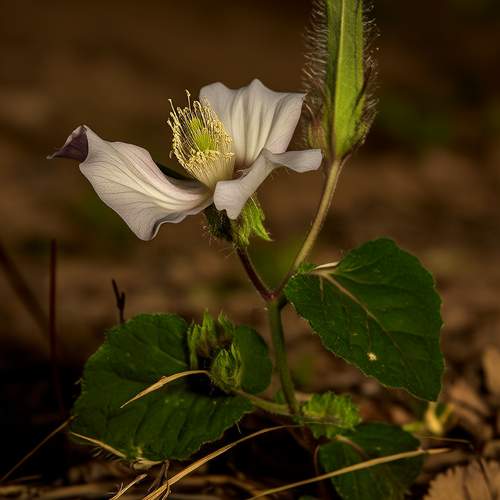
By /May 21, 2025

By /May 21, 2025
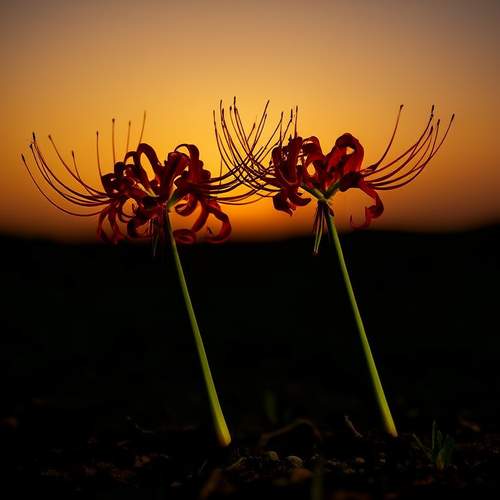
By /May 21, 2025

By /May 21, 2025

By /May 21, 2025

By /May 21, 2025

By /May 21, 2025

By /May 21, 2025

By /May 21, 2025

By /May 21, 2025

By /May 21, 2025
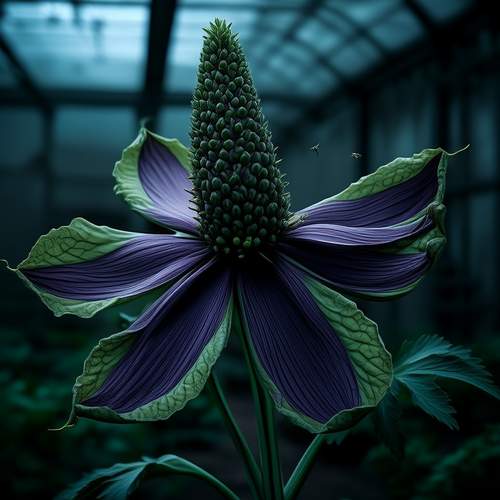
By /May 21, 2025
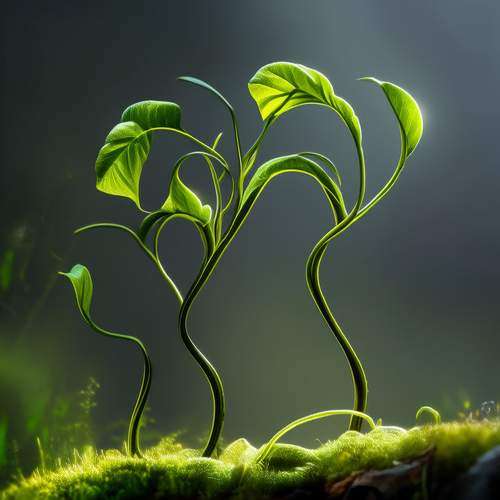
By /May 21, 2025

By /May 21, 2025
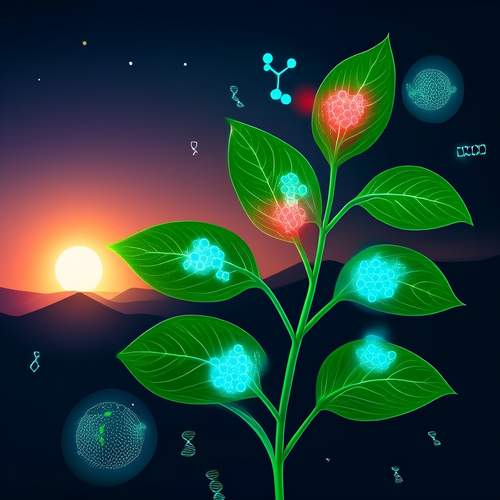
By /May 21, 2025
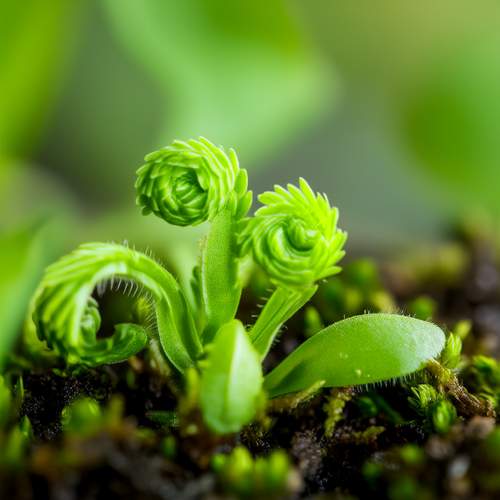
By /May 21, 2025
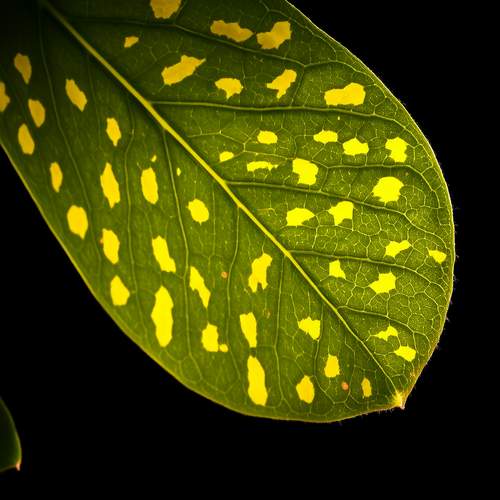
By /May 21, 2025

By /May 21, 2025
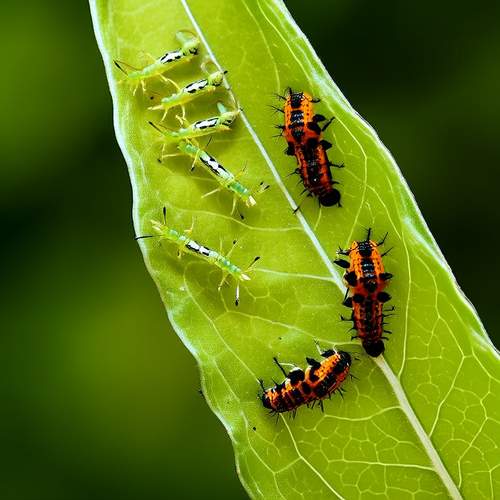
By /May 21, 2025
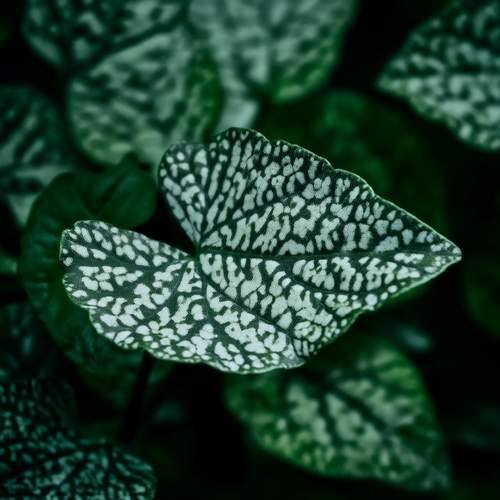
By /May 21, 2025